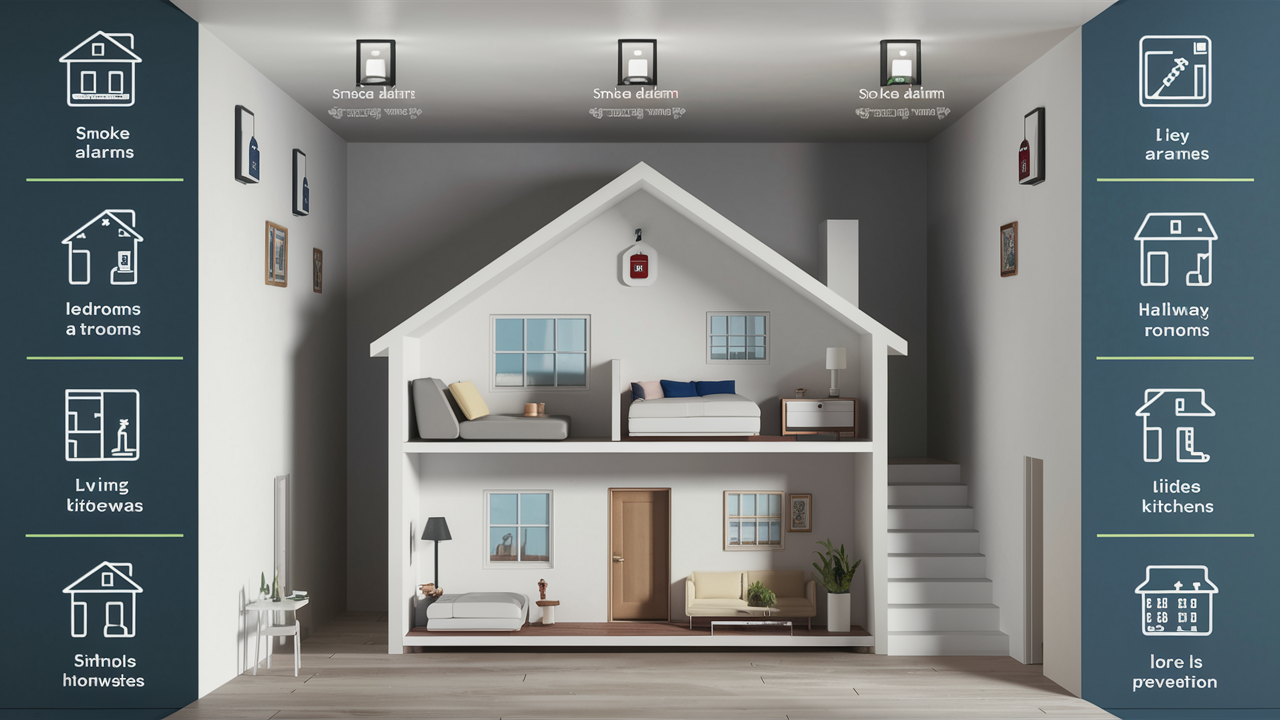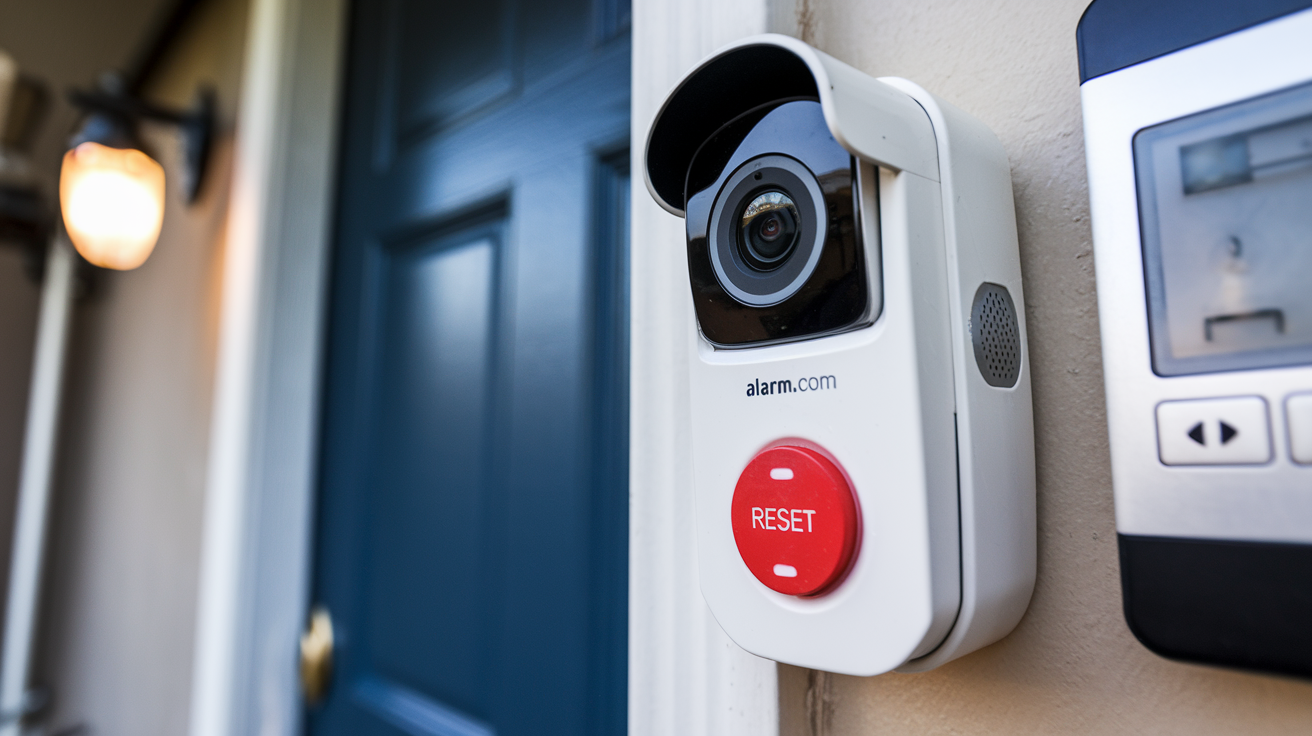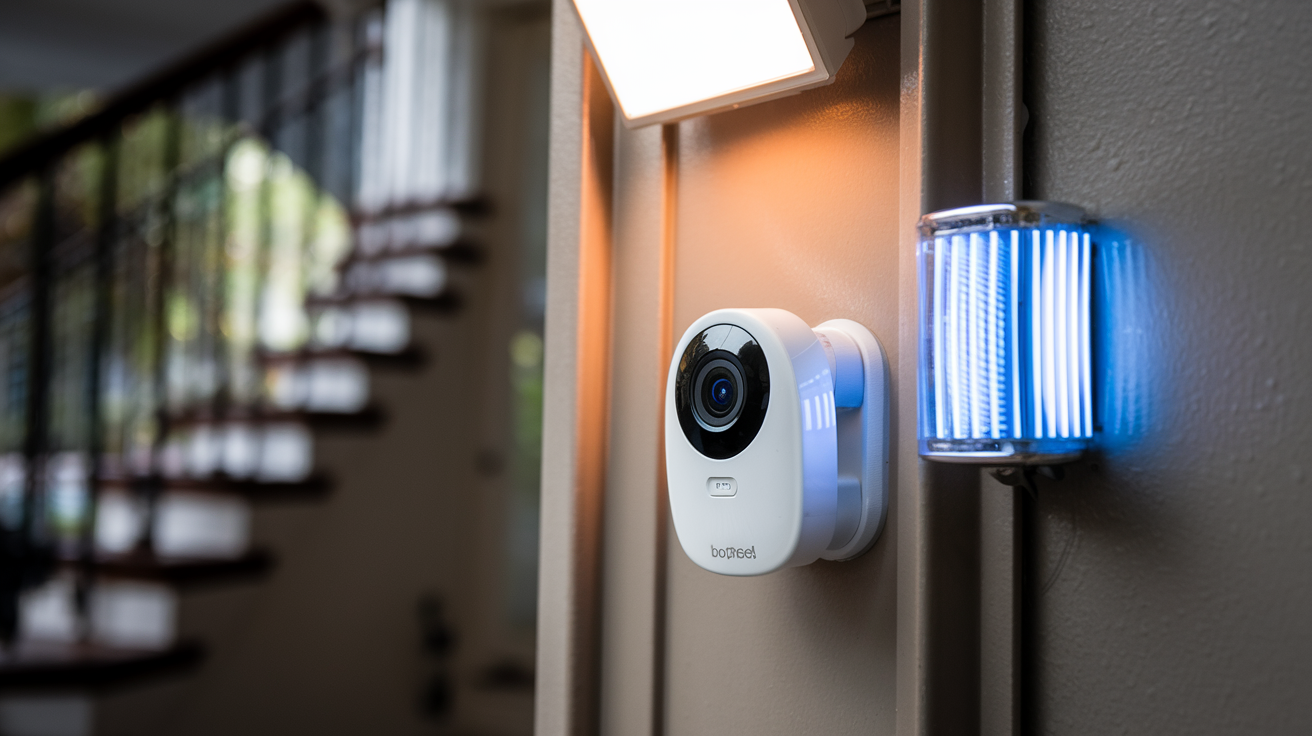The most essential and straightforward step that should be taken to safeguard the lives of your family and property is the fitting of smoke alarms. But, where should you place these? The proper placement of the smoke alarms is crucial to guarantee that they will function well and give enough time to act and evacuate the premises, in the event of an emergency. Gives information on where you should install your smoke alarm and in which part of your house.
Bedrooms
There should be working smoke alarms installed in all the bedrooms; it is recommended and very important. This means that the sleeping occupants will be woken up if there is an outbreak of fire or smoke when they are asleep. It is recommended to place the alarms on the ceiling as centrally as possible within a given room. If ceiling placement is not feasible then place them on a wall at a height of four inches from the wall-ceiling joint. Do not place alarms near the doors of bathrooms or the vents of the forced air heating and cooling system. Bedroom units will suffice, so there’s no need for alarms in closets, halls, or stairways within bedrooms.
Hallways
Hallway smoke alarms are also required as well as smoke alarms in bedrooms that are connected to common hallways. They will inform residents if smoke begins or is transferred from other spaces into the corridor. The best positions are on the ceiling over both ends of the hallway. If the hallway is more than 40 feet long then it is necessary to install another alarm in the middle of it. If the units are wall mounted, then ensure they are at least 4 inches from where the wall meets the ceiling.
Living Spaces
Smoke detectors are also required in living rooms, dens, and family rooms that are regularly used for socializing and recreation. Screw them to the ceiling at least 4” away from the wall. For instance, if a room has a corner with a lower ceiling than the rest of the area, make sure to position at least one of the alarms at this corner to achieve the maximum effect. When there are spaces with beam ceilings, the best location for the alarm installation is at the bottom of the beams facing downwards.
Dining Room
Since cooking accidents that activate the smoke alarm happen mostly in kitchens, fires can begin and extend to neighboring dining facilities. For the protection of dining spaces, it is recommended that smoke alarms be installed on the ceiling and not less than 4 inches from the wall. It is advisable to install it above the area where you plan to position the dining table and chairs. Thus, occupants seated there will be quickly alerted this way.
Kitchen
The kitchen is the most vulnerable area prone to grease and smoke production during cooking processes. Install a smoke alarm on the ceiling between 4 and 6 feet away from the stove or cooktop. Do not place it directly above because steam and smoke from cooking may trigger it often. Also, place a unit on the ceiling at the other end of the kitchen to ensure maximum coverage. All smoke alarms in the kitchen should be placed at least 20 feet away from each other in case one of them is activated, it will not affect the others.
Laundry Room
Dryers are another leading cause of fire in homes according to the NFPA. The use of photoelectric smoke alarms is recommended in this case since they are less likely to go off when there is steam or other fumes as is common in areas like the laundry room. Mount them vertically and place them at least 4 inches away from a corner. They should also be placed near the points of entry into the laundry room as well. Such placement allows the alarm to quickly detect smoke that would otherwise be released in a dryer fire when the door is opened.
Basement
Unless smoke rises, there is no apparent reason why a basement should not have smoke alarms like any other upper level. Place alarms at the entry and exit points of every basement staircase, preferably on the ceiling. These dual units capture smoke that may infiltrate the basement from the upper floor and vice versa. If you have a finished basement that contains bedrooms and/or living areas, install further ceiling alarms in the area in compliance with the requirements set for bedrooms and living areas. In general, photoelectric models are most effective in basements due to their vulnerability to humidity and insect interference.
Attic
Every occupied attic must have smoke alarms if it has finished floors and walls. Otherwise, place them on the inclined part of the ceiling and not more than 12 inches below the apex of the room. This makes it possible for heat and smoke to spread along the path and finally reach the alarm in the shortest time possible. If you have a storage attic that you do not use, then smoke alarms are not mandatory. The units on the upper living floor directly below will suffice in offering the necessary protection to the area.
Interconnection
Connect all smoke alarms so that when one of them identifies smoke and goes off, all other functional alarms in the same system also go off. This immediately informs occupants in the various parts of the home of an impending danger. Yes, it is possible to connect different brands of alarms provided that the brands possess the connections. Other wireless interconnection possibilities include radio signals that offer simpler and faster connections.
Regular Testing
A smoke alarm should be tested at least once a month by pressing its test button until the alarm goes off briefly. Units with 10-year batteries should last for 10 years if installed correctly. However, it is widely agreed that it is more appropriate to change the whole smoke alarms once they are 10 years old or when they demonstrate some signs that they are faulty. The installation and functioning of smoke alarms and regular fire drills improve the chances of survival significantly in home fires. Adhere strictly to these placement guidelines to enhance the fire safety of your home.
Protect your home today with ADT’s top-rated security solutions!
Call now at +1 877-470-7879 to get a free consultation and find out how you can secure your home with the best in the business. Don’t wait—ensure your peace of mind with ADT!







